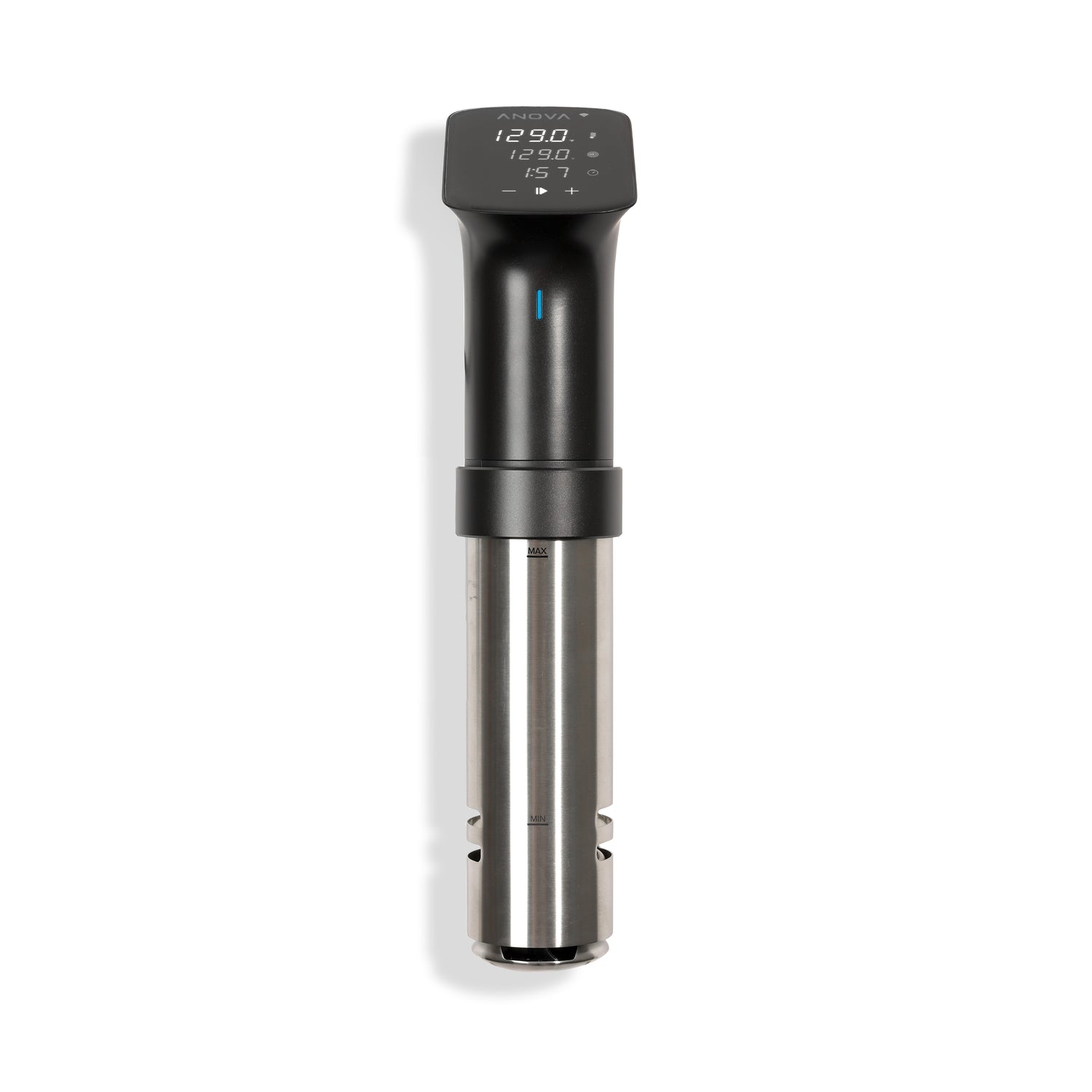Our newly revamped sous vide chicken guide goes deep into the science and methods behind cooking chicken using sous vide Precision® Cookers and the Anova Precision™ Oven. It’s the best place to start when you’re looking for time and temp charts, step-by-step directions, and serving suggestions. It also talks a bit about the effect of cooking temperature on moisture retention, but we thought — for the ultra Anova Food Nerds out there — we could go even deeper.
So we cooked chicken breasts and chicken thighs at a range of sous vide temperatures, snapped some pics, and figured out the moisture loss at each temp. This way you can see exactly what’s going on in your water bath.
Let’s get into the nitty gritty.
Chicken Breasts
One of the biggest concerns with cooking boneless, skinless chicken breasts is keeping moisture intact. The meat is super lean, so it easily turns dry and tacky. This is why we love to cook it sous vide!
Because moisture loss depends so much on cooking temperature, you could be tempted to dial it down super low for chicken breasts. But keep in mind that poultry can get a little weird when cooked to medium-rare, so it isn’t always worth it to completely maximize moisture.
When cooked at 135°F (57°C) for 90 minutes, chicken breast loses only about 4% of its moisture, but it emerges from the sous vide bath a little slimy and chewy.

Bump that temp up a smidge to 140°F (60°C) and you lose that sliminess and chewiness while also only losing 1% more moisture.

At 140°F (60°C) the chicken is still a bit tacky, so if you prefer a slightly more traditional texture, moving up to 145°F (63°C) means only a 9% moisture loss. Not too bad!

As you increase the temp even further, you continue to see moisture loss at a relatively gradual rate, hitting around 15% up to 160°F (71°C).

You'll see about 20% moisture loss at 165°F (74°C).

I found that, once you get above 15% moisture loss, you can start to see the effects in the meat; it is at once drier and mushier.
Chicken Thighs
Similar deal for chicken thighs. Like breasts, moisture loss goes up as temperature increases, but with thighs, you also want to allow for a high enough temperature to begin to soften the connective tissue surrounding the meat.
Sure, you can absolutely eat chicken thighs cooked to 140°F (60°C) (as long as they’re pasteurized), but they can be fairly tough; it can be hard to pull the meat apart with your teeth.

Luckily, because chicken thighs contain more intramuscular fat (and if using bone-in, skin-on thighs, fat under the skin), you can stand to *technically* lose a bit more moisture without it affecting how moist the meat seems. Even getting up above 20% moisture loss at 155°F (68°C) to 160°F (71°C) loss still produces great results, with a tender texture and moist interior.


Want to see the receipts? Take a look at the chart below.


